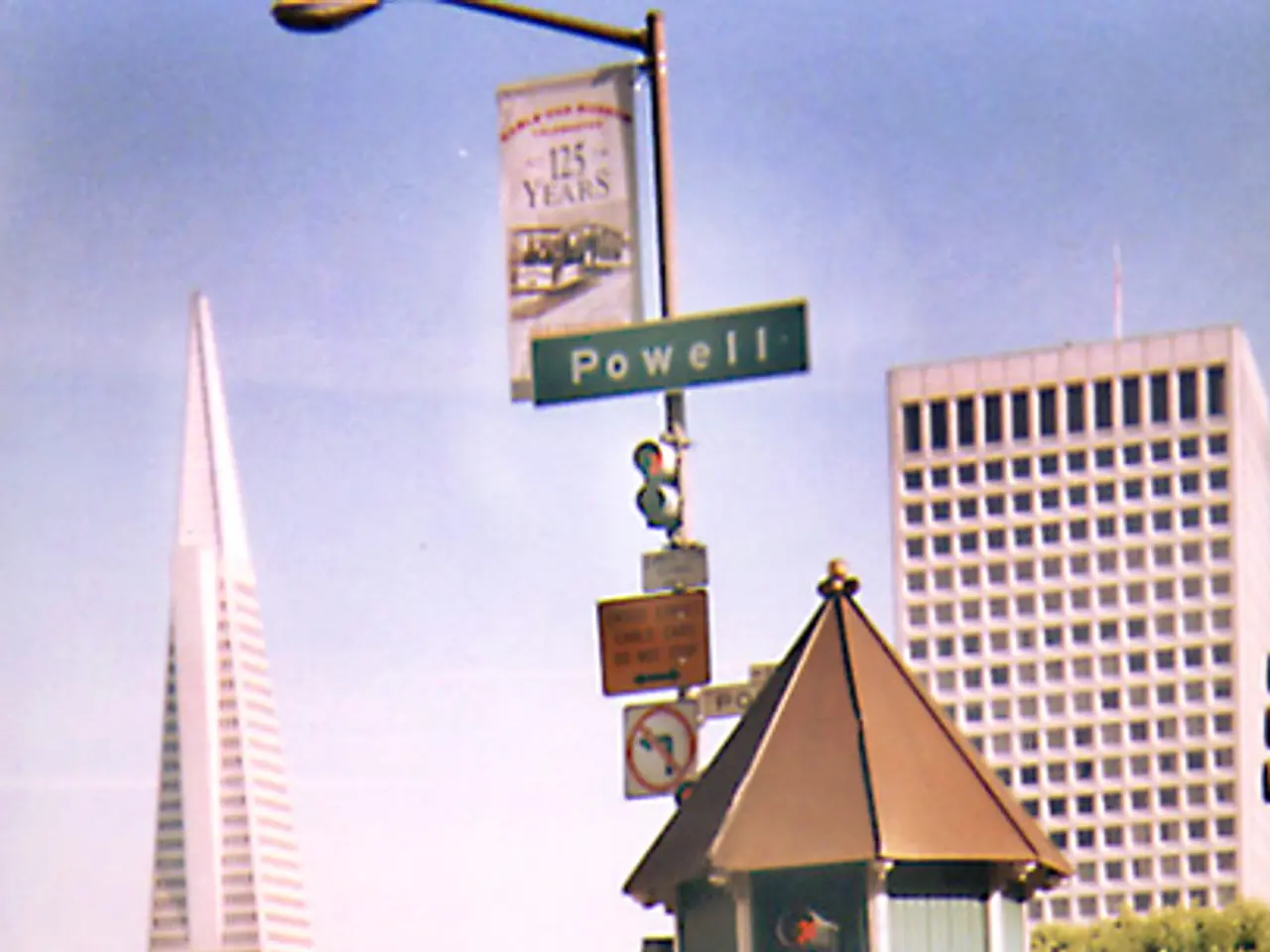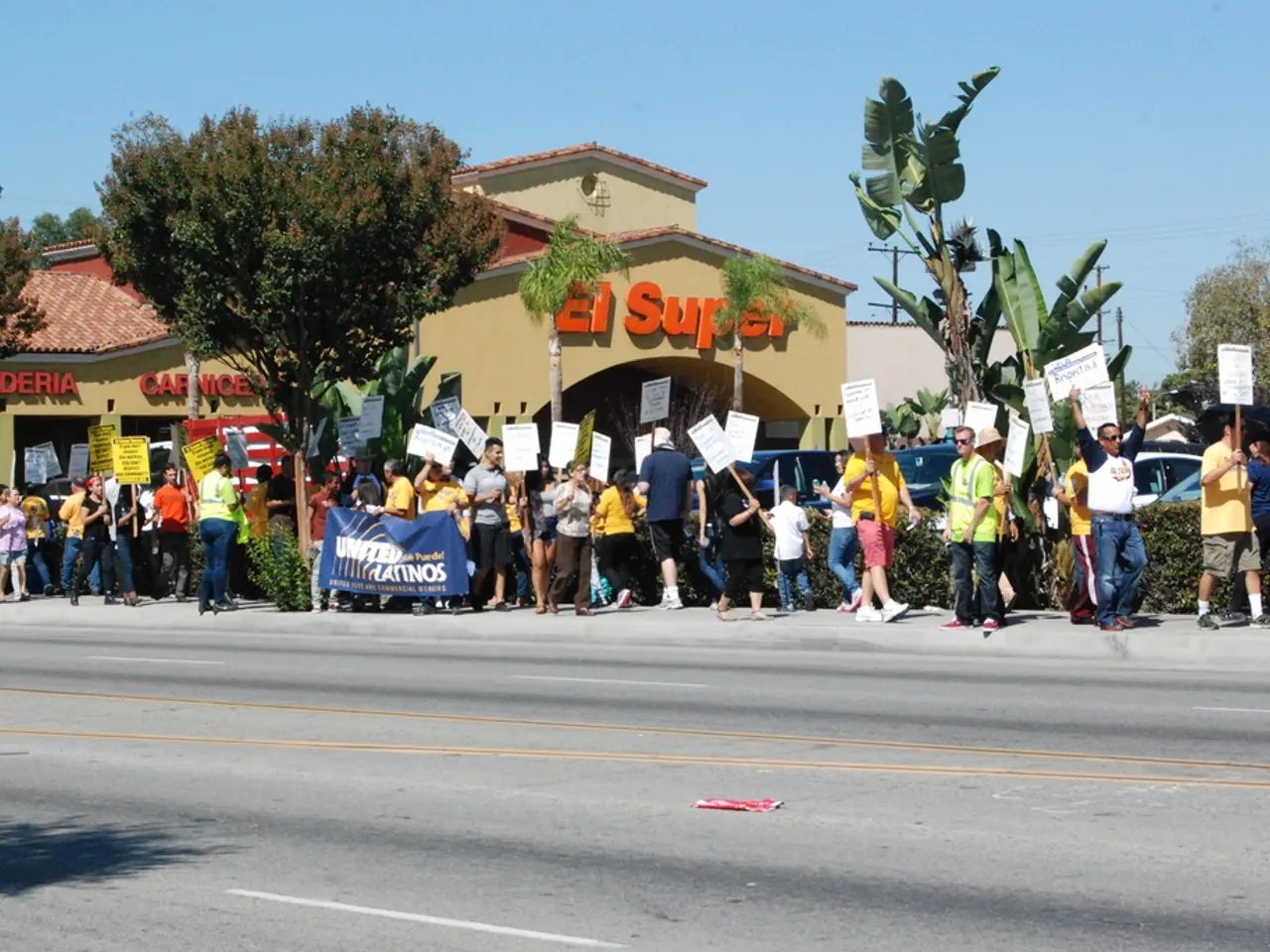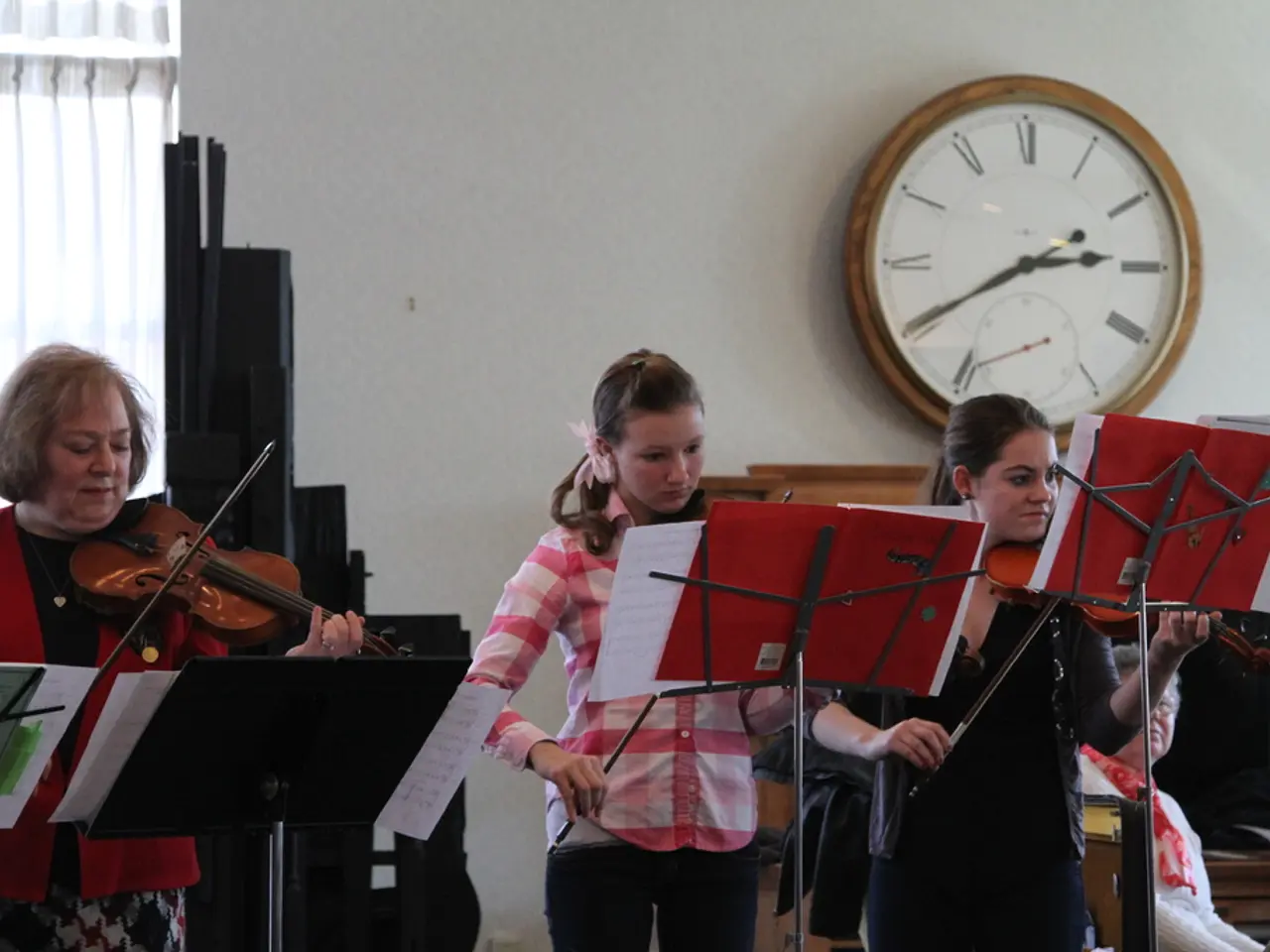Fire in proximity to Los Angeles rapidly expanding
California Wildfires Continue to Ravage the State
The west coast of the United States is once again grappling with the destructive force of wildfires, as two significant blazes, the Gifford Fire and the Canyon Fire, continue to wreak havoc in California.
The Gifford Fire
The largest wildfire of the year, the Gifford Fire, has now spread to over 400 square kilometers and is currently 33% contained. This fire, which began on August 1, 2025, northeast of Santa Maria, has been burning across San Luis Obispo and Santa Barbara counties. The fire has threatened nearly 3,000 structures, destroyed 2, and caused several injuries. The cause of the Gifford Fire remains under investigation.
The Canyon Fire
A new wildfire, the Canyon Fire, is spreading rapidly near Los Angeles. As of now, the fire is 0% contained, with light winds driving it eastward. Unlike the fires in January, the Canyon Fire is not causing extensive spotting. Kathryn Barger from the Los Angeles County administration is urging residents of nearby communities to take evacuation orders seriously, as the fire threatens power lines and several communities. The cause of the Canyon Fire is still unknown.
Driving Factors and Comparisons
Recent major California wildfires, including those earlier in 2025 like the Madre Fire in San Luis Obispo County, have been fueled primarily by a combination of drought conditions, high temperatures, Santa Ana winds, dry terrain, and abundant dry fuel. Climate change has increased the frequency of extreme heat events, which exacerbate fire conditions.
When compared to previous deadly fires in California, the Gifford Fire is among the largest for 2025 but has so far caused fewer fatalities and structure loss than the January 2025 fires, which destroyed over 16,000 structures and killed 30 people. The scale and rapid growth of wildfires continue to be aggravated by ongoing drought and climate change impacts, making current fires notable for their size and intensity but variable in fatal impact depending on suppression response and evacuation.
Impact and Response
At least 31 people lost their lives in the "Eaton" and "Palisades" fires earlier in the year. Approximately 4,000 people have already been evacuated due to the Canyon Fire. The size of the Canyon Fire corresponds to approximately 2,800 soccer fields, and another 12,000 residents are advised to prepare for evacuation. The fire department was deployed in large numbers for weeks to contain the "Eaton" and "Palisades" fires. Firefighters are working tirelessly to combat the Canyon Fire.
Andrew Dowd, spokesman for the Ventura County Fire Department, is optimistic about potential progress overnight on Friday. The Canyon Fire has grown to nearly 20 square kilometers in a few hours, stirring memories of deadly fires in California. The Canyon Fire broke out about 60 kilometers northwest of Los Angeles' center.
Barger references the "Eaton" fire near Pasadena and Altadena as an example of how quickly a disaster can occur. She urges residents to heed evacuation orders seriously and to be prepared for any potential emergency situations.
As the fires continue to rage, California officials and firefighters are working diligently to contain the blazes and protect the communities in their path. The ongoing trend of increasingly intense wildfire seasons in California underscores the need for continued vigilance and preparedness.
The service provided by firefighters, in collaboration with scientists studying environmental science and weather patterns, is crucial in containing wildfires, such as the Gifford Fire and the Canyon Fire, which have been causing destruction in California.
Monitoring and understanding the factors driving wildfires, including climate change, drought conditions, high temperatures, and Santa Ana winds, are essential for predicting and mitigating the impact of future fires on the environment and communities.








